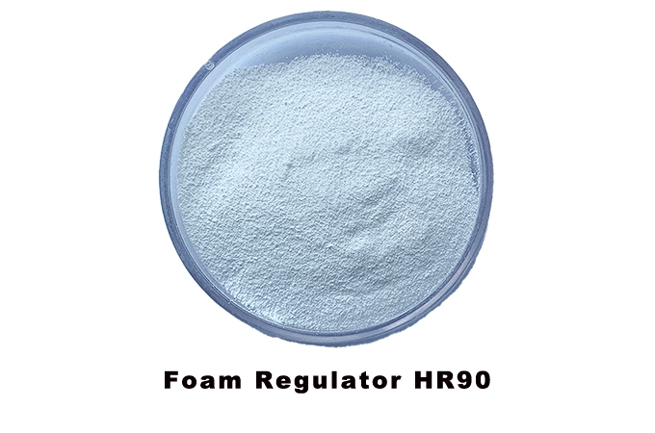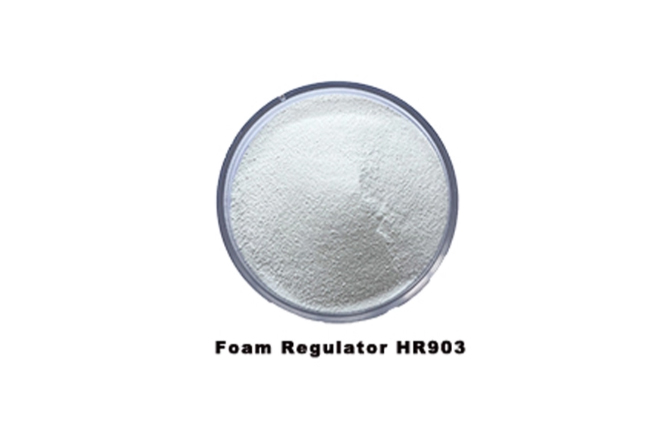In the realm of polymer processing, PVC foam regulators stand as indispensable aids, ensuring optimal product quality and performance. Delving into the intricacies of foam regulation unveils a world where precision meets innovation. In this article, we explore the multifaceted utility and essential precautions associated with PVC foam regulators.
PVC foam regulators play a pivotal role in ensuring the uniform distribution of molecules within PVC materials. This process not only enhances the structural integrity of PVC products but also elevates the overall quality of the finished goods. With the incorporation of foam regulators, PVC sheets exhibit remarkable independence in structure, thus augmenting their utility across various industries. Additionally, alongside foam regulator, the utilization of foam promoters such as zinc oxide, lead oxide, and organic acid salts further enhances the foaming process, ensuring an optimal outcome.
The distinctive characteristics of PVC foam regulators extend beyond conventional processing aids, offering a myriad of benefits. With a higher molecular weight compared to standard processing aids, foam regulators bolster the strength of PVC melts, mitigating bubble coalescence and enhancing plasticization. Moreover, they facilitate superior flow properties, thereby optimizing the manufacturing process and ensuring consistent product quality.
While harnessing the potential of PVC foam regulators, it is imperative to exercise caution, especially concerning the selection of regulators tailored to the specific polymerization degree of PVC products. Whether it be foam boards, thick sheets, thin sheets, or composite materials, each necessitates a meticulously chosen foam regulator. Furthermore, as PVC foam regulators belong to the acrylate ester category, characterized by their processing aid properties, maintaining a delicate balance of internal and external lubrication within the formulation is essential to ensure optimal performance.
The intricate process of plastic foam molding unfolds in three distinct phases: nucleation, expansion of nuclei, and solidification of bubbles. In the case of PVC foam sheets infused with chemical foaming agents, the expansion of nuclei significantly influences the quality of the foam sheets. Given PVC's linear molecular structure and relatively short molecular chains, inadequate melt strength during the expansion phase may result in bubble coalescence, diminishing the overall product quality.
In conclusion, PVC foam regulators epitomize the marriage of precision and innovation in polymer processing. Their multifaceted utility, coupled with stringent precautionary measures, underscores their indispensable role in ensuring superior product quality. By adhering to best practices and harnessing the full potential of foam regulators, manufacturers can unlock new realms of possibility, ushering in an era of unparalleled excellence in PVC foam processing.
 | |
| HR901 PVC Foam Regulator |
|
| HR903 Foam Regulator |  |
